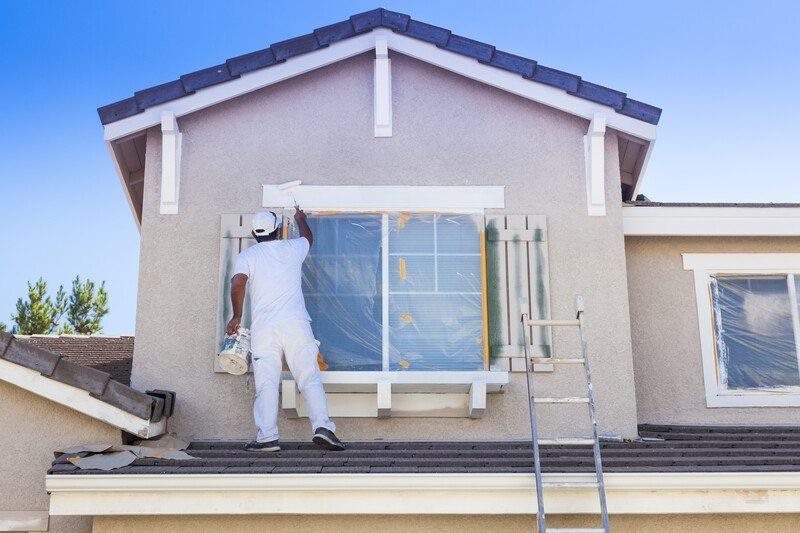How to Clean and Maintain Painted Walls
Cleaning
Dirt, marks, dust, and scuffs on the walls can make even the cleanest room look dirty and drab. That’s why it’s important to clean and maintain your walls just as you do with other aspects of your home or business. While walls aren’t as susceptible to dirt and grime as floors are, they still need to be cleaned on a regular basis. Not only will cleaning keep them looking good, but it will also help extend the life of the paint.
If your walls are freshly painted, we recommend waiting at least two weeks before starting the cleaning process in order to give the paint time to fully dry and cure.
Before you start heavy duty cleaning, it’s always best to remove any loose dust or dirt first. You can use a dust cloth, a vacuum cleaner, a feather duster, or any other item you would typically use for dusting.
After the dust has been wiped from the walls, it’s time to do a washing. We recommend using a soft cloth or sponge and mild soapy water. Be sure to wring out your cloth or sponge really well so that excess water doesn’t damage the paint finish. You should apply gentle pressure in a circular motion and then rinse with a clean damp cloth. Begin washing at the bottom of the wall and work your way up. Then when you rinse, begin at the top and work your way down. This will help to eliminate streaks from the cleaner.
If there is a specific scuff mark or stain you need to remove, you can spot clean with a paste made of water and baking soda. Rub the solution over the mark and then rinse with a sponge and dry with soft cloth. If the stain is harder to remove, such as a grease splatter, you can try using a grease-cutting dishwasher detergent mixed with warm water. We always recommend testing an inconspicuous area with whatever cleaning solution you’re using to see how the paint reacts to it.
Touch Up Paint
Walls are often scraped or nicked accidentally and will need to be touched up. If you have any of the original paint left over, it is always best to use it. If you need to buy more, you’ll want to make sure it’s the same color and finish. If the paint was originally applied with a roller, use a small trim roller to touch up, or if the original paint was applied with a brush, you’ll need to use a brush. Apply a small amount of the paint and gently roll or brush it on.
Helpful Tips
Duller paint finishes like flat, eggshell, and satin are more likely to show marks when cleaning, so never use harsh chemicals or degreasers on these paint finishes. Don’t scrub too hard and make sure the sponge is wrung out almost completely before using it on the wall.
Avoid colored soaps or dyed sponges to avoid stains being left on the walls, especially if your paint color is lighter.
If a wall has a stubborn stain or make that you are unable to remove with a cleaner, you can touch this area up with paint.
A Mr. Clean Magic Eraser is great for removing pen or permanent marker marks on a wall, but keep in mind that it can also damage the paint coating and you may still need to touch up the area with paint afterwards.
If you find mildew on your walls, it should always be removed and never painted over. Use a mixture of 3 to 1 water and bleach and apply to the area with a rag or sponge. Note: wear eye protection and gloves to avoid injury or irritation. As always, we recommend testing a small area first to be sure the bleach solution will not cause the paint to fade. Allow the mixture to stay on the mildewed area for at least 20 minutes, and add more as it dries. Then rinse thoroughly.
As always, the team at Grand Junction Painters is available to help or answer any questions you may have about cleaning or maintaining your painted walls. Give us a call today!


